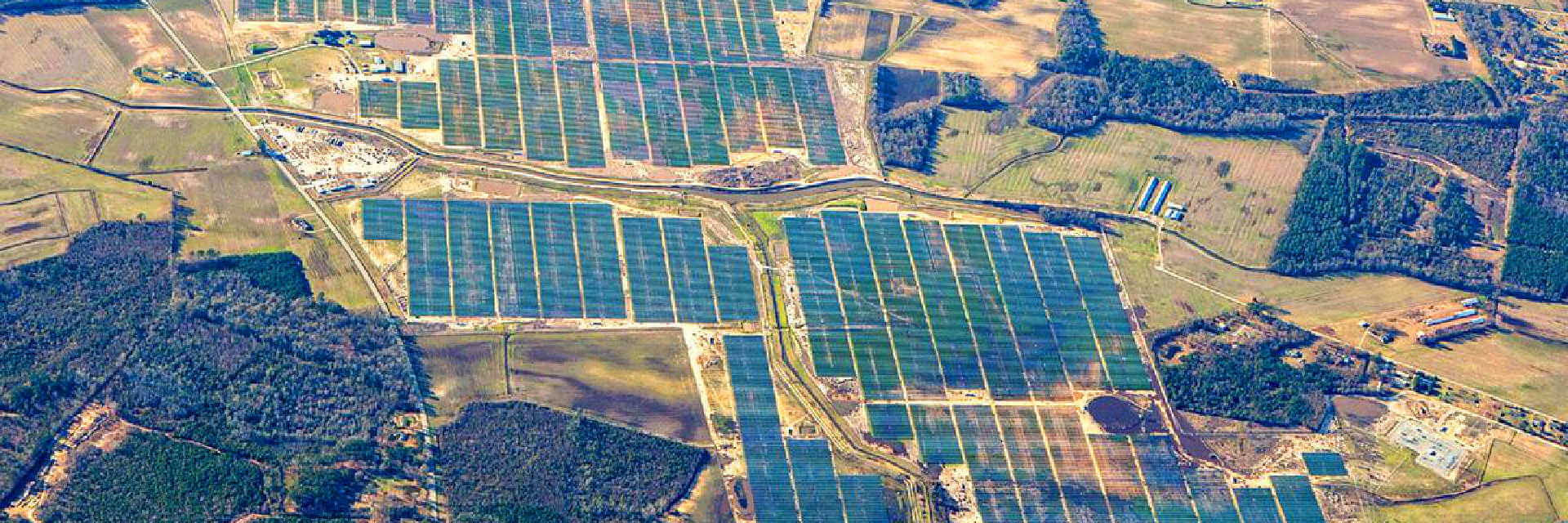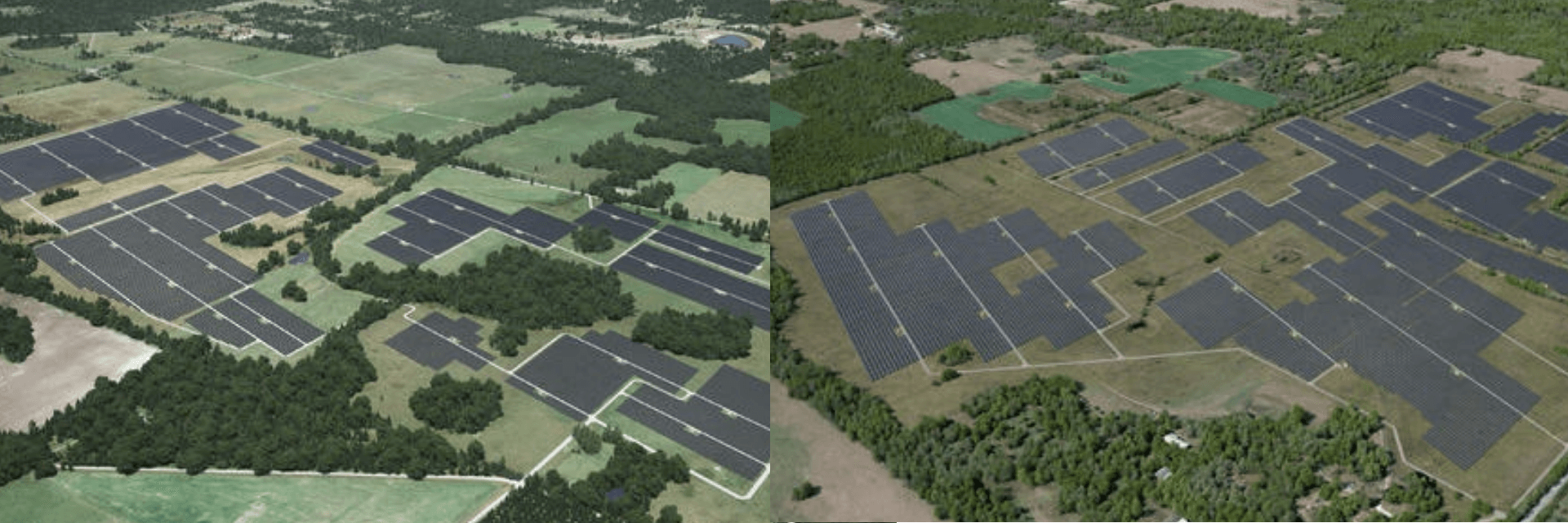Customized solar integration: Affinity Energy integrates Duke Energy's corporate SCADA with preexisting proprietary monitoring hardware at nine sites.
Background
Since 2007, Duke Energy has invested more than $4 billion in renewable energy, and has plans to invest another $3 billion from 2016-2021. The company owns and operates more than 2,500 megawatts of renewable generation in a dozen states throughout the U.S, and over 25 sites in North Carolina alone. In Q2 2016, Duke Energy announced that they have installed more than 450 MW of solar energy in North Carolina through acquisition and development.
What Our Clients Say About Us
Affinity Energy helped integrate a preexisting SCADA into Duke Energy’s site overlay, and provided the necessary support for our O&M techs to understand the system. Now we have more effective monitoring and uptime for our newly acquired sites.
Paul Donley
Senior Development Engineer at Duke Energy
Challenge
In the past five years, Duke Energy acquired nearly a dozen North Carolina utility-scale solar plants built by other solar installers as a part of their renewables portfolio.
The previous owners installed various third party solar monitoring systems, but Duke Energy wished to integrate the solar data into their overarching SCADA system of renewable resources to monitor local site power output data at a corporate location and on their own network.
The problem was, production data was gathered through proprietary monitoring hardware and software from a couple different vendors. There was no cohesive integration plan, as the systems were developed and deployed as standalone sites.
In addition to the challenge of customizing data points from a proprietary/homegrown system, Duke Energy requires control and monitoring of reclosers in their SCADA system. At two sites in particular, reclosers had not been configured for communications, which made monitoring impossible. Because the reclosers were installed outside the site fence line, running conduit and pulling new communications wire was not preferred.
Because of a long relationship in solar controls and instrumentation with Affinity Energy, Duke Energy trusted them to be the agile and flexible partner they needed to clean up the complications of their newly acquired solar energy plants via solar integration.
Solution
To ensure they didn’t lose valuable monitoring data from existing hardware, Duke Energy asked Affinity Energy to integrate both their own SCADA solution, and the preexisting hardware in parallel. It was a challenging process to work around the existing system and successfully pass raw data to the new SCADA system. Eventually, when the SCADA monitoring contracts have expired, Duke Energy will have the ability to either keep both, or monitor only their backend SCADA system, but for now they run as parallel systems.
To work around the proprietary systems, all IP addresses and names were changed to ensure communication on Duke Energy’s subnet.
To solve the recloser communication problem at the Hertford and Long Farm sites, Affinity Energy implemented a Ubiquiti wireless communications solution using 2.4gHz radios with a 10-mile line of sight.
Ultimately, the change was successfully accomplished at the following nine 5MW sites in North Carolina:
- Battleboro (Nash County)
- Garysburg Solar (Northampton County)
- Gaston Solar (Northampton County)
- Hertford (Perquimans County)
- Long Farm (Northampton County)
- Seaboard Solar (Northampton County)
- Tarboro Solar (Edgecombe County)
- Winton Solar (Hertford County)
- Woodland Solar (Northampton County)
Results
With their newly integrated SCADA solution, the Duke Energy overlay has more detailed solar integration data from their acquired sites than what was originally available in the preexisting platform.
The system Affinity Energy integrated allows them to display data the way they want, analyze and measure production, and receive detailed data, such as specific inverter points.
Related Success Stories
SunEnergy1: Conetoe Solar Farm Wireless Communications
In 2015/2016, Duke Energy Renewables wanted to outfit their new 80MW solar farm in Conetoe, North Carolina with controls and insight into each critical operational piece of equipment. They wanted to…
Concord Energy – Biomass Controls System
Affinity Energy developed a supervisory control and data acquisition (SCADA) system based on programmable logic controls (PLC). Now, Concord Energy can monitor the ongoing performance of their…
75MW Solar Site SCADA and Field Controls for a Large Solar Developer
In 2017, a large solar developer with dozens of solar projects across the US chose Affinity Energy to implement SCADA at several 75MW plants in the Southeast. This Fortune 200 company is one of the…



